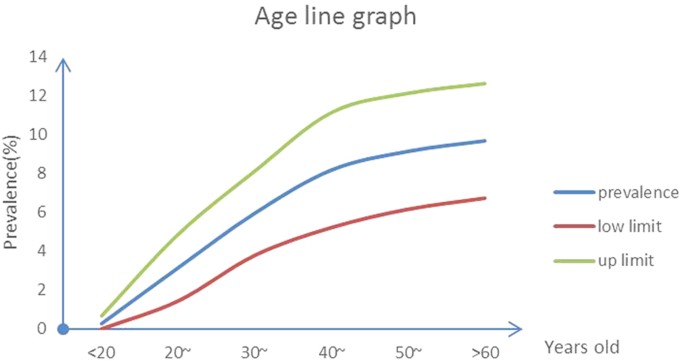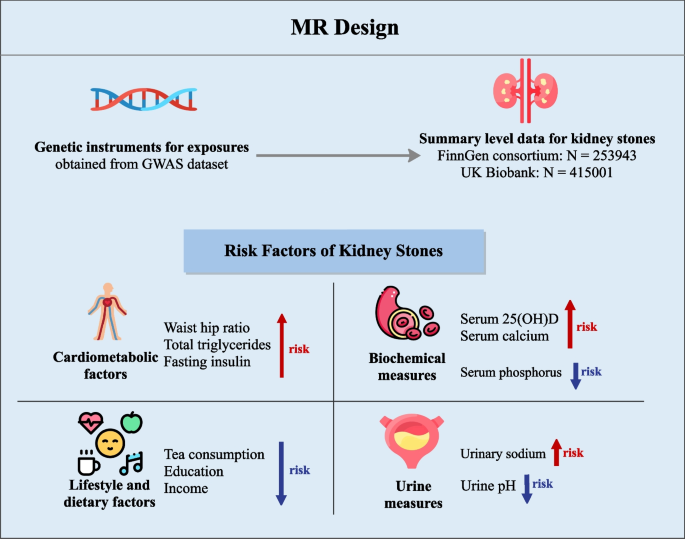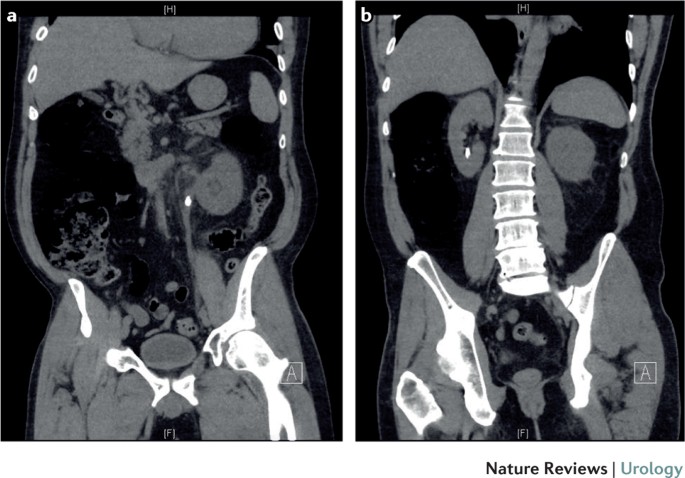Introduction to Kidney Stones
Kidney Stones
Here is the podcast for today's lesson:
Objectives
- Define kidney stone
- Composition of kidney stone
- Epidemiology
- Risk factors and pathophysiology
- Clinical presentation
- Diagnosis
- Treatment

What is a Kidney Stone?
A kidney stone refers to the formation of crystalline aggregates within the urinary tract. These stones can form within the nephron but can lodge in any part of the collecting system, including the pelvis, calyx, mid-ureter, or bladder.

Types of Kidney Stones
Common Types
- Pelvic Stone
- Calyx Stone
- Staghorn Stone
- Mid-Ureteral Stone
- Bladder Stones

Epidemiology
The prevalence and incidence of kidney stones varies based on several factors such as gender and body mass index (BMI). Generally, males have a higher prevalence rate than females across different BMI categories.
Weighted Prevalence by Gender and BMI
- Normal BMI: Lower prevalence
- Overweight: Moderate increase in prevalence
- Obese: Significant increase in prevalence
- Overall Prevalence: Higher in males than females
Stone Composition & Relative Prevalence
- Ammonium Urate: <1%
- Xanthine: <1%
- 2,8 Dihydroxyadenine: <1%
- Protease Inhibitors: <1%
- Cystine: 3%
- Struvite: 7%
- Uric Acid: 7%
- Calcareous Stones: Triamterene (<1%), Brushite (2%)

General Risk Factors for Kidney Stones
Non-Modifiable
- Race and Ethnicity: Caucasians have higher rates than Asians, who have higher rates than African Americans. Hispanics also have higher rates than non-Hispanics.
- Gender: Males are more likely to develop kidney stones compared to females.
- Age: Males peak between ages 40-60. Females peak in their late 20s, with a decline after age 50.
Modifiable
- Diet: High protein and salt intake, low fluid intake.

Clinical Presentation
- Pain: Sharp pain with nausea and vomiting is typical. Proximal ureteral or renal pelvic obstructions cause flank pain. Distal 1/3 ureteral obstructions cause pain radiating to the ipsilateral testicle or labium. Stones at the ureter-bladder junction cause dysuria, urgency, and frequency.
- Hematuria: Can be microscopic or gross.
- Asymptomatic Renal Failure: Can occur from obstruction.

Diagnosis of Kidney Stones
Imaging Studies
- KUB X-Ray: Low sensitivity and specificity.
- Ultrasound: No radiation involved; useful for stone detection.
- CT Scan without Contrast: High sensitivity and specificity for detecting stones.
Urine pH and Crystal Morphology
- Calcium Oxalate: Acidic pH, envelope or dumbbell shaped.
- Calcium Phosphate: Alkaline pH, prism or rosette shaped.
- Struvite/Infectious: Alkaline pH, coffin lid shaped.
- Uric Acid: Acidic pH, rhomboid shaped.
- Cystine: Acidic pH, hexagonal shaped.